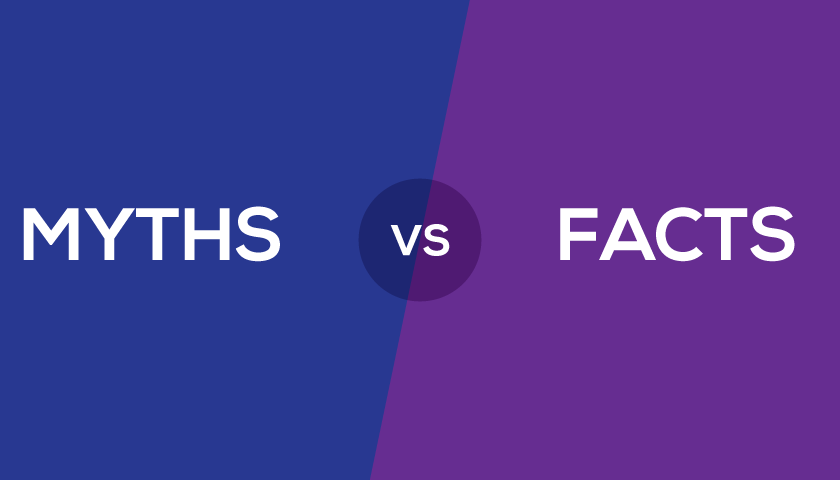Buying a home is a huge step and is a decision usually taken after several months of combing through builders’ websites and talking to family and friends. But sometimes the little morsels of advice that well-wishers offer may not be based on complete facts, something that is unknown even to them.
Here, we bust a few of these myths to help you find your dream home without any hiccups.
Myth: Home loan approvals depend entirely on your credit score
Fact: It is only one of many factors
Home loans are murky waters for many first time homebuyers who are inexperienced with the process. Home loans are mired in incomplete and misunderstood information, which makes it confusing for aspiring homebuyers. For example, a high credit score is often seen as a sure way to get a home loan approval.

The truth is that while it does help, it is only one of the many factors that play a role in getting your loan approved. Another misconception is that a lower interest rate is always a better option. However, the truth is that sometimes going in for a higher rate of interest and finishing the loan period faster is more beneficial in the long-term.
Myth: Renting is better than buying a house
Fact: It is highly dependent on individual preferences
The myth of renting goes quite deep. Some families live out their entire lives in rented houses safe in the belief that they are saving money. But rental prices are increasing across the country, and many times this is not a feasible option. Owning a house is a big responsibility but it might be the more economical, and therefore wiser, way out in the long run.

Another reason is that, when you buy a house, you can decide on an amount that you are comfortable with spending every month on your EMI. Unlike rents, this number remains more or less constant, allowing you to plan out your expenditures for the long term.
Myth: Buy a house in big cities for healthy returns
Fact: Tier-II cities are better for long-term investments
Metro cities are only getting increasingly expensive and buying affordable property is looking more difficult. There is also the problem of price stagnation and market inertia which means that your property is at risk of not appreciating. On the other hand, in emerging micro-markets that are seeing an influx in multinational companies and startups, the prospects are much brighter.

Property is available at relatively affordable prices, and as the city expands, land prices will continue to appreciate giving you good returns in the long run.
Myth: Real estate agents are not needed
Fact: Real estate agents can be very valuable
Real estate agents are a mixed bag. They can be pricey. And dishonest agents would turn out to be inefficient. But a seasoned and genuine real estate agent can bring immense value to the transaction with their knowledge and negotiation skills. They would also be the best people to turn to for information on documentation or on neighbourhoods you need to consider.

Real estate agents also have the expertise and connections to give you multiple options keeping a framework of your requirements in mind. Lastly, they also save you considerable time by coordinating with the seller to provide you with the maximum leverage in the transaction.
Myth: Subvention plan is the best option
Fact: It is risky and unpredictable
The most significant advantage of a subvention plan is that it enables you to purchase by putting down a minimum payment. It makes the most sense when the project is under construction and will take at least a year to finish as it gives you time to shore up more capital until possession.

However, it can be risky if the terms and conditions are not laid out right at the outset. For instance, if the developer is paying the interest for a fixed period and the project gets delayed, then the homebuyer will need to start paying the EMI before possession. The biggest risk is that of the developer defaulting on paying the interest, which will dent the buyer’s credit history. Also, contrary to popular perception, the long-term cost of a property bought under a subvention plan usually tends to be on the higher side.
Myth: Buy a big home if you can afford it
Fact: Buy a home according to your needs
A bigger home is equivalent to more space and owning one is definitely a good feeling. But buying your dream home should not ideally be related to the size of the house. Big homes mean higher EMIs and taxes. It can also be difficult to resell if the market is going through a slump. A bigger home also means more time and effort spent on maintenance and furnishing.

The factors you consider when buying your home should be related to your current and future needs. Will you have ageing parents living with you? How many children will you have? It is questions like these that will eventually decide the size of your home, among other factors.






